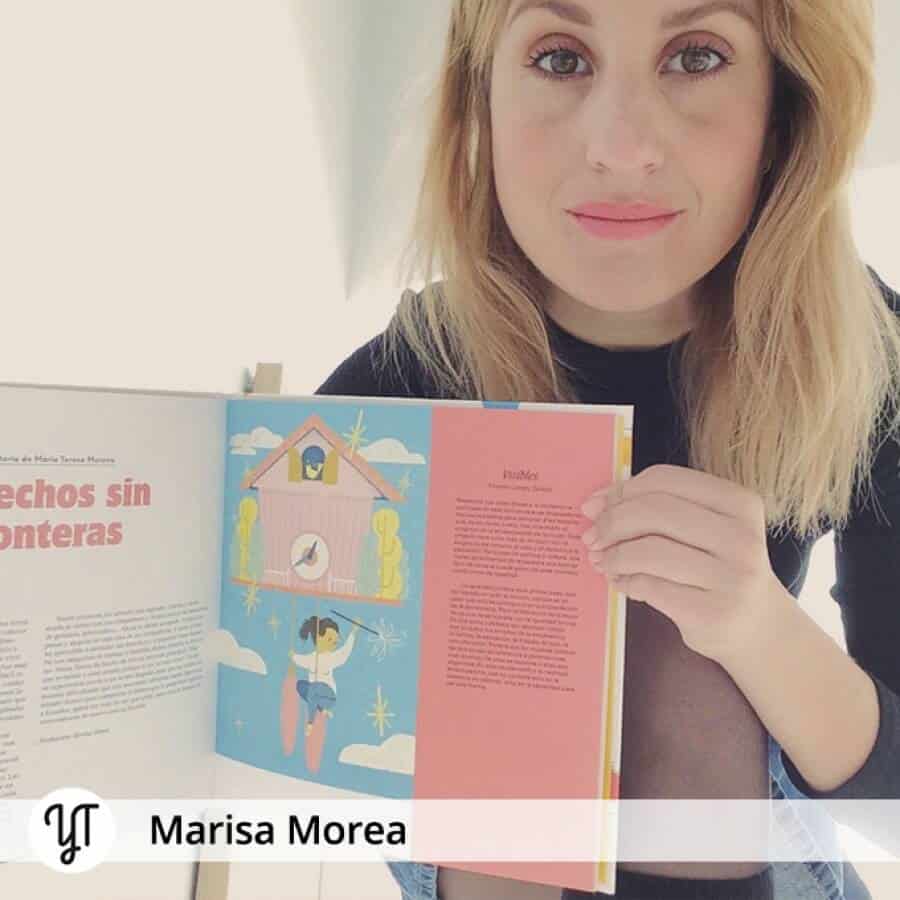Marisa Morea, from Madrid, is a newcomer among children's book illustrators. A few years ago, after studies towards an MA in Illustration at the Eina School in Barcelona, she turned her passion and her talent into a career. And she has already gotten results: today, her works have been featured internationally in magazines, books, and ads. Children and adults from all over the world love her works, which are filled with happiness, storytelling, playful banter, and vibrant colors. We talked to her about how to become an illustrator of children's books and how to get your illustrations published.
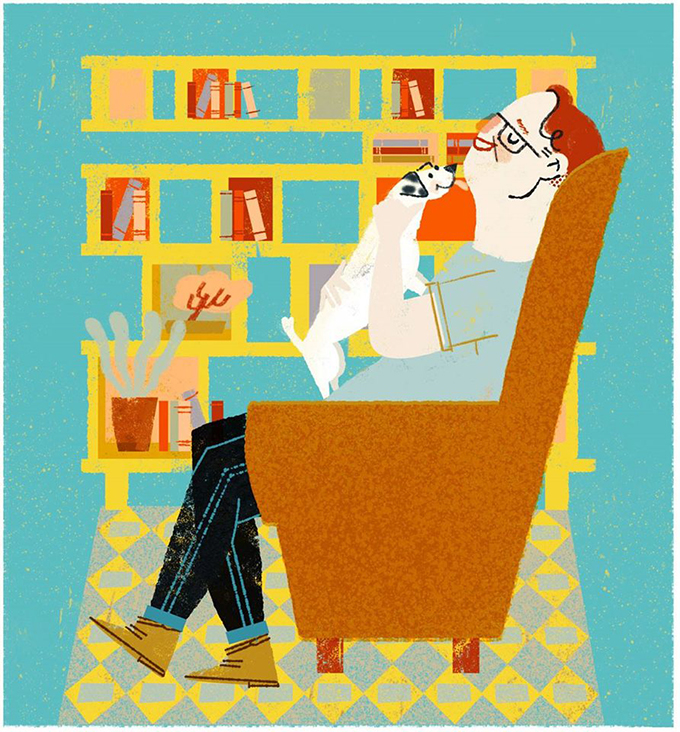
How long have you been working as a freelance artist and illustrator?
I’ve been working as an illustrator since 2009, but I became a full-time illustrator in 2013.
Did you always know you would become one?
No. Happy coincidences and good luck have been key aspects in my career.
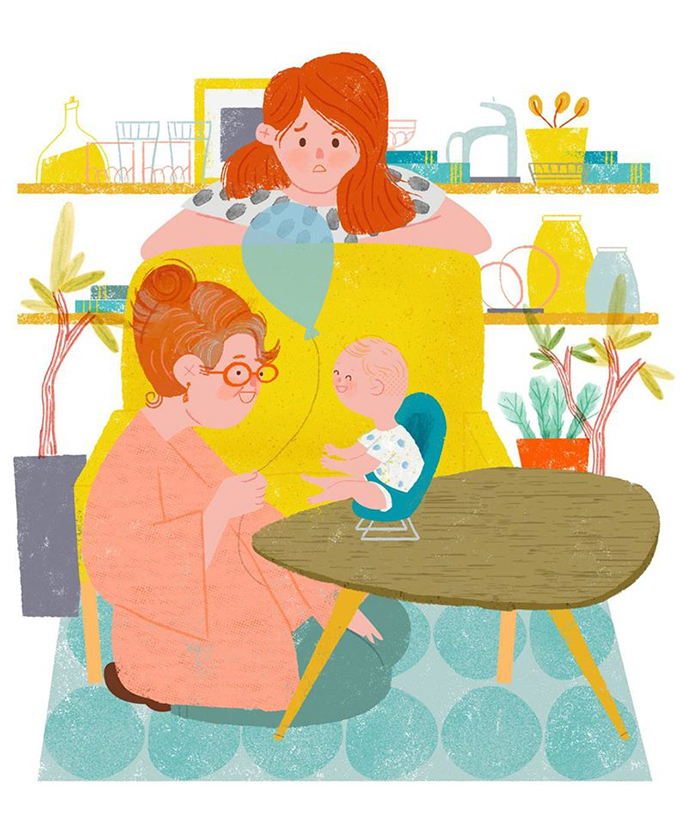
Could you describe your journey to becoming an artist? What were your original inspirations?
I’ve always been a creative person. My parents became aware of how important art was for me, even as a child. So they definitely encouraged it to the fullest. As a teenager, I was deeply interested in music, dramatic art, dance, cinema, or fine arts, but I didn’t believe I could make a living by them. They were my hobbies, that’s all. I think teens nowadays have unlimited information available about everything since the birth of the Internet. Moreover, many new professions have appeared since then. They’re very lucky.
So, when I finished High School, my marks were extremely good, but I didn’t know exactly what to study. So finally, I graduated in Audiovisual Communication. After graduation, I started to work in a publishing house which specialized in cinema books, checking out all the grammar and correcting the manuscripts. After several months, I asked my boss if I could be moved to the art department and he accepted, so I began to design covers for cinema books. I loved this job, so I decided to quit and move to Barcelona (from Madrid) to study towards a degree in art direction.
One day, I went to a pretty inspirational exhibition of work by illustrators who were participating in a super interesting Master’s of Art program. As I’ve always drawn, I made a portfolio and signed up for this degree. It was a plot twist in my life.
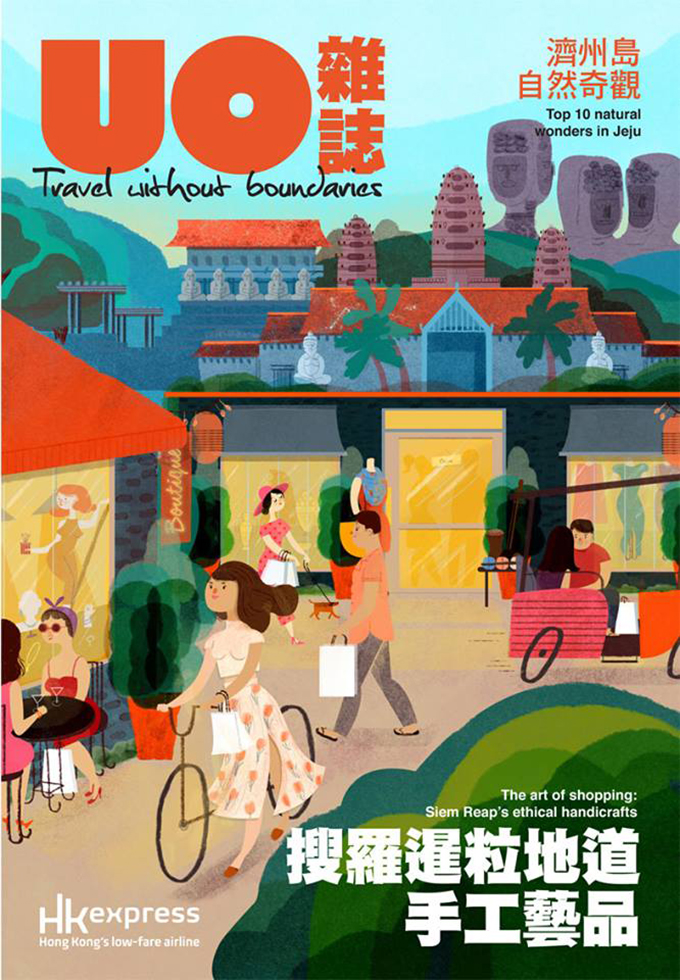
Did you study art within any formal institutions and if so what were those experiences like for you?
I graduated with an MA in illustration at the Eina School in Barcelona in 2009. I gathered plenty of information in just a few months. It was quite interesting and useful, not for the contents, but for all the contacts and professional advice you get. Also being surrounded by highly talented mates is always a way to boost your art and creativity.
Do you think a person has to have natural talent to become an artist?
Definitely I do, but it isn’t enough to become an artist. I’d like to remark that I don’t like to relate talent to virtuosity. Hard work and passion are the fuel to the success.
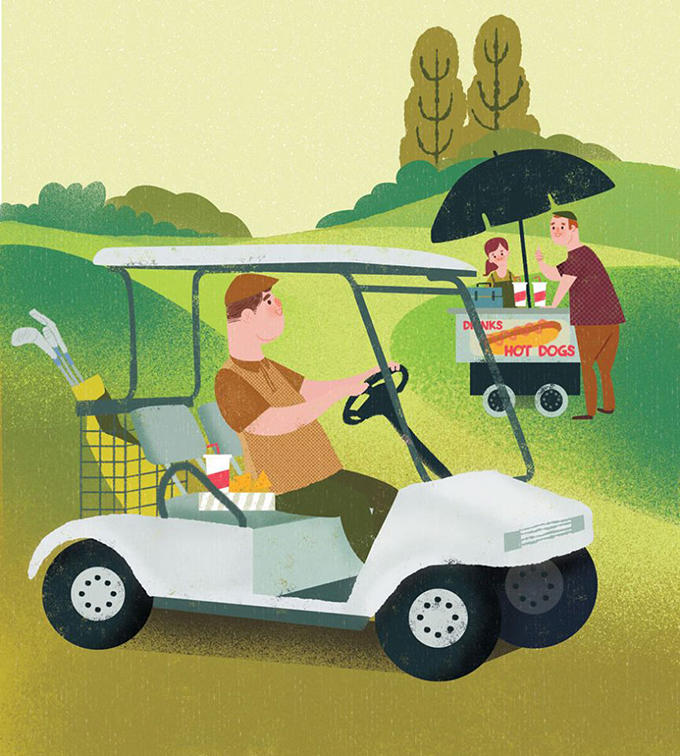
Your illustration style is very modern and graphic. What is your process like for creating one of your illustrations? Do you do a lot of sketching before you start working or do you draw directly into the computer?
I sketch before going to finals on my computer, but my roughs actually are very simple. I use them as a guide to define a little bit of the characters and backgrounds to send to clients for approval. Then I scan them and digitally draw over them to go to color. Finally, I use a lot crayons and watercolors to add texture to the finals.
How did you become interested in illustrating literature for children?
I get along pretty well with children. I really understand their humor, their fears, or their needs. However, I began in the illustration business working for adult clients, but little by little I was aware that my style could fit both markets so I decided to search for new clients in the children’s market.
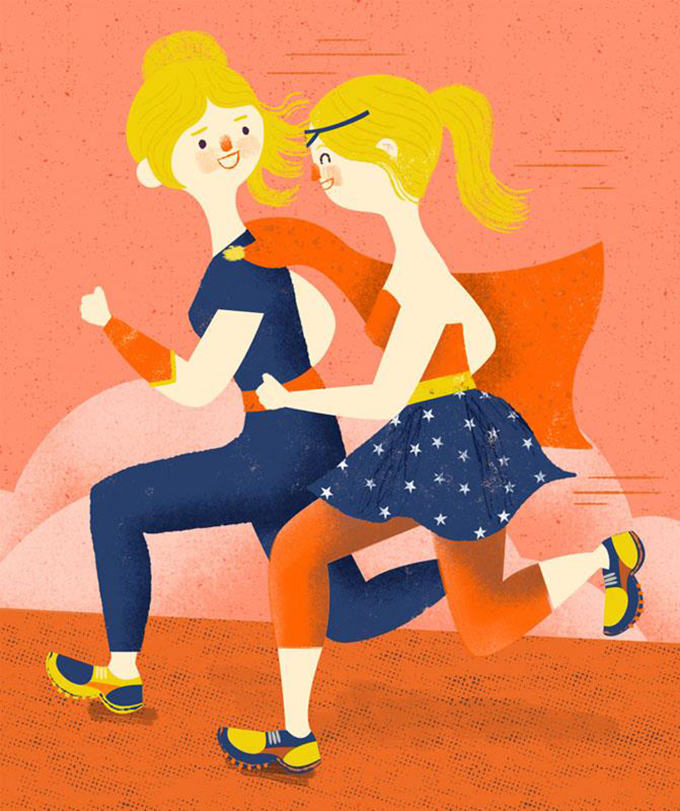
Could you please describe how you became a published illustrator?
It has been an ongoing process. First off, I developed some personal work geared to children’s illustration. Then my illustration agents, contacting editors by mail and going to illustration fairs and conventions, have really helped a lot.
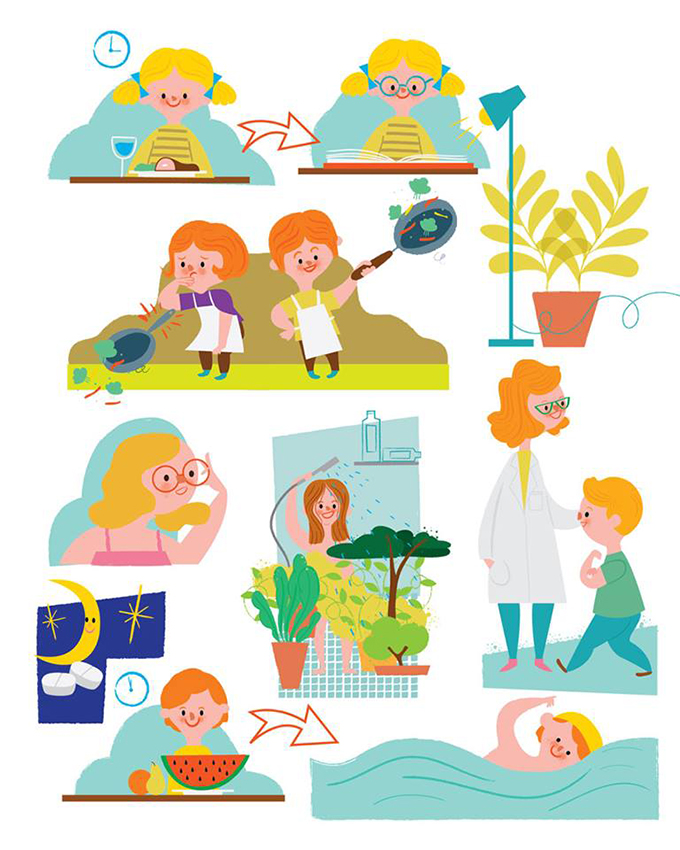
Tell us a bit about the author/illustrator relationship. Is it difficult trying to bring to life the settings and characters created in the author’s mind? How do you achieve this?
It’s a very particular and special relationship. Sometimes it’s hard to bring to paper what exactly the author has in mind, sometimes the author is openminded about new ideas and proposals from the illustrator. It’s such a lottery! Anyway, I need truly to connect with the author’s universe and style to illustrate a book. I like to be thrilled with what I’m working on.
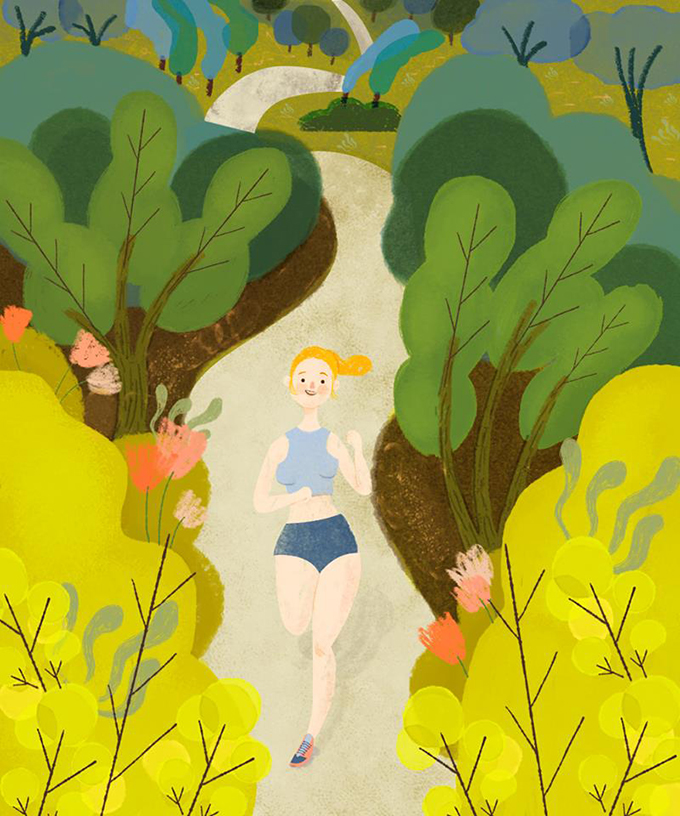
Which of the books(or editorials) you have illustrated is your favourite, and why?
My career has just taken off, so I haven’t published many books yet. I recently illustrated a chapterbook for a Spanish publishing house, SM, that really thrilled me, because I used to read these books when I was a child. It will come out next June. Moreover, I’m making some samples for Penguin to illustrate a book. Fingers crossed!
Is it easier to illustrate other people’s stories or to create your own?
Writing a good story is highly complicated. I’d like to become an author-illustrator, so I’ve been collecting some ideas to work on during the coming summer.
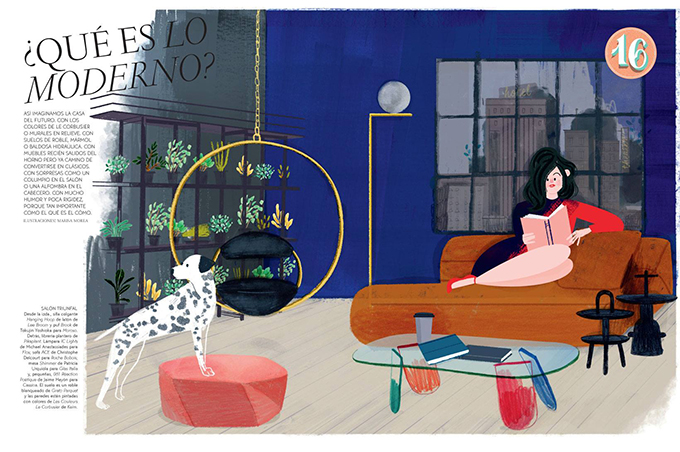
What are your favourite subjects for illustration?
I really enjoy drawing all kinds of characters, but definitely animals. I have fun illustrating characters rather than backgrounds.
What do you find most challenging about your work?
Dealing with invoices and payments and all the administrative stuff. What a drag! Jokes apart, it’s quite challenging to keep the interest of the editors over the years. I think I’m going to keep working hard to renew my style and keep it fresh.
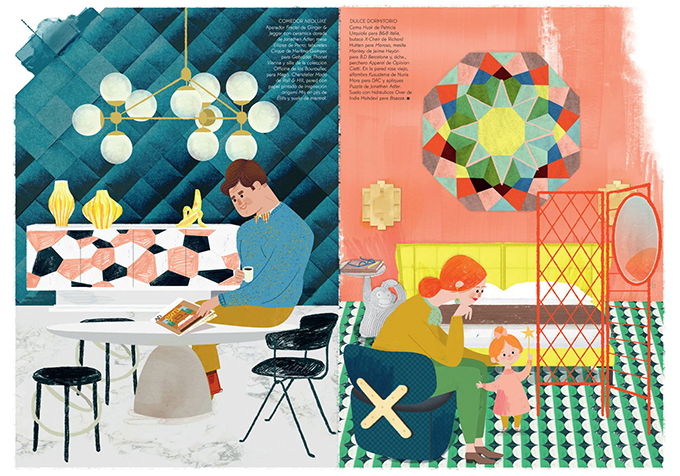
Tell us about your current projects.
I have a couple of illustrated books in process. I can´t tell anything more until they’ve been published. I have several editors waiting to read some stories written by me. And finally I continue with my monthly editorial work for several magazines.
Describe a regular day in your life. Do you follow a disciplined schedule?
I´m not a morning person, so I do office work in the morning and creative work in the afternoon. I’m very disciplined. I wake up at 8.30 am every day, but I’m not in front of my computer until 10 am. I like to take my time to have breakfast, have a shower, tidy up, and get ready for my day. Although I work at home, I don´t feel comfortable working in my pyjamas. My working day usually ends at 7.30pm if I have no rushed deadlines.
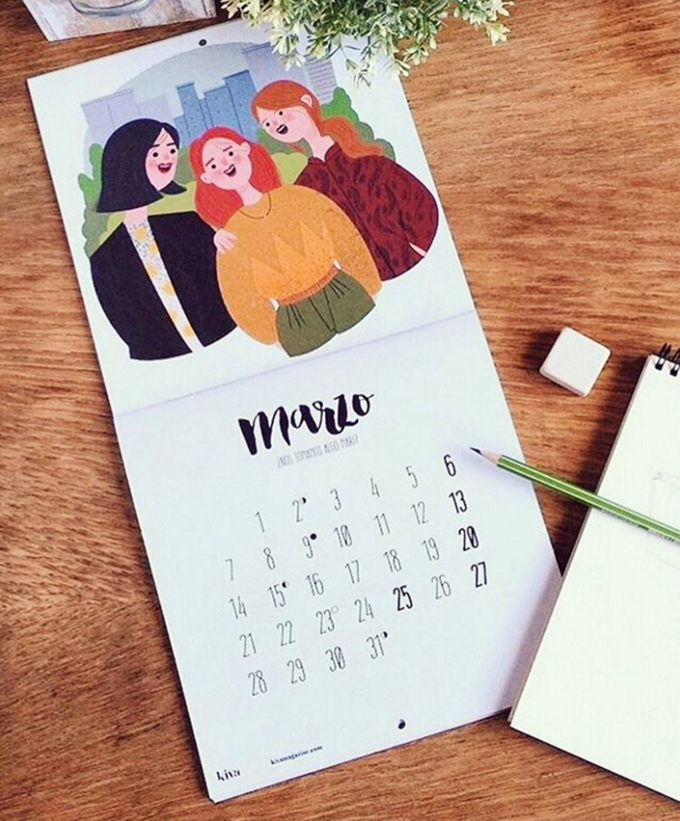
Who are some of your favorite children’s illustrators? Were any of them particularly inspirational? If so, who and why?
Emily Hughes, Marta Altés, Isabel Arsenault, Felicita Sala, Erica Salcedo, Kate Hindley, Katie Harnett, Julia Sardá… So many women, but also a big male name, Miroslav Sasek. Also all the American illustrators from UPA during the ‘50s.
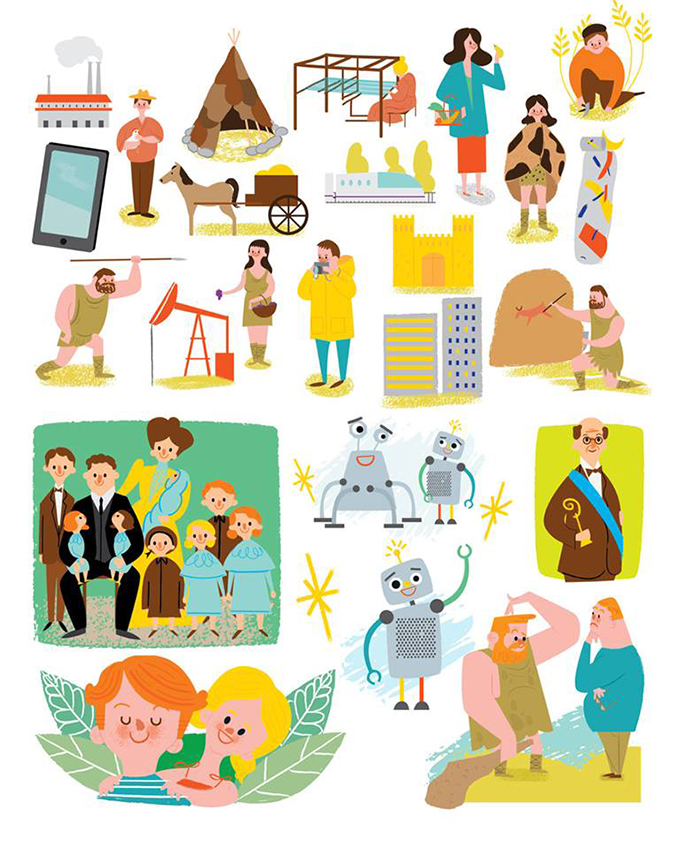
When you’re not illustrating what do you most like to do?
I’m a huge music lover. I’ve always been active with local bands, composing melodies, recording demos, but I left it aside when my illustration career got serious and required most of my spare time to give it a boost. But I have recently picked it back up, composed new songs, and I´d like to make something with them. Moreover, I love the history of cinema and going to watch classic movie reruns. And I have really been into yoga since two years ago. I highly recommend this activity to all the illustrators and designers, because we should stretch our bodies and reset our minds daily.
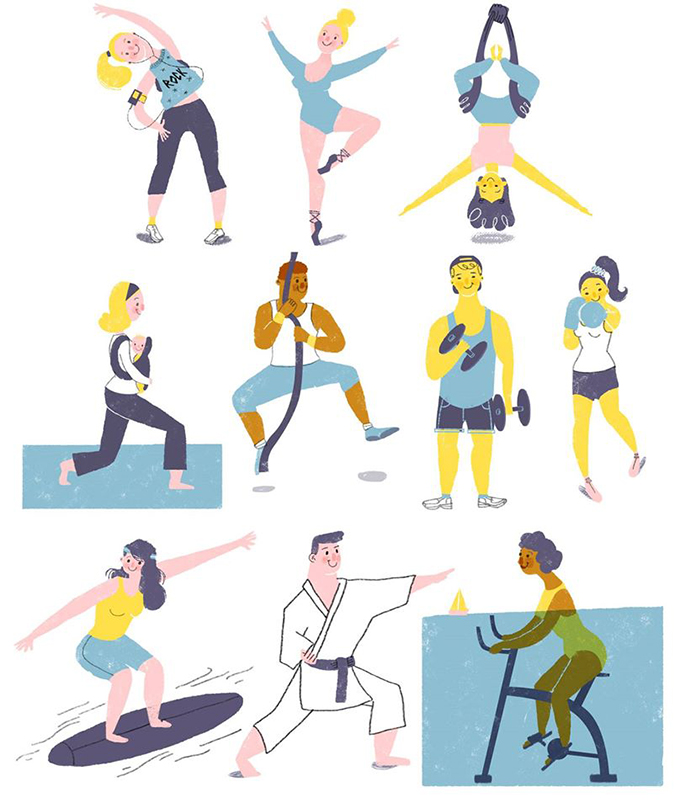
Where do you see yourself and your work in the next 2-3 years? Do you have any underlying goals?
I’d like to move from Spain to another country with my boyfriend. We have serious plans about it. I’d like to meet new mates and clients. I feel illustrators are more appreciated as professionals abroad than in my country and very well paid. Also I’d like to keep illustrating books both for adults and children, but I’m open to any kind of project.
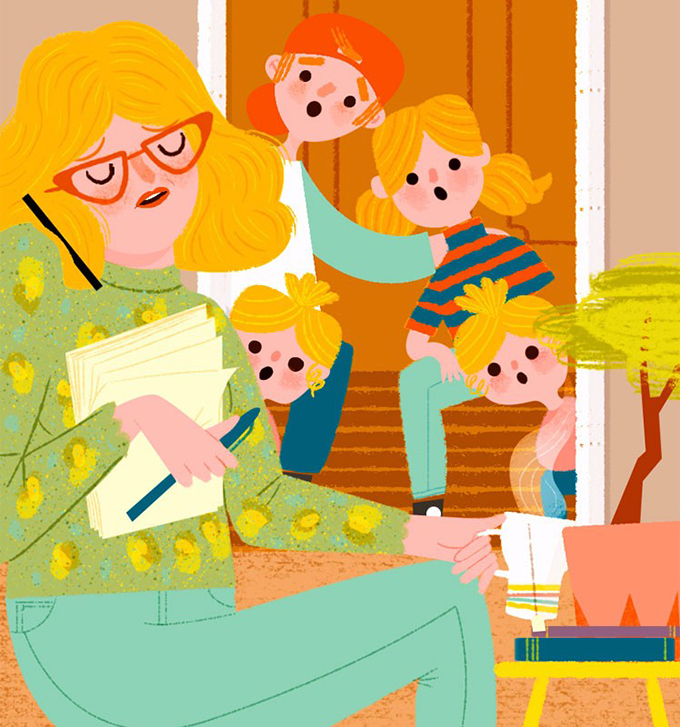
What advice would you give to students looking to follow a similar career path to yours?
Love what you do, work hard, surround yourself with talented mates and show your work without any fears. Don’t struggle to get to perfection, your limitations are a very good starting point to build your own style.
Illustrations: Marisa Morea
Photos: Kseniya Segina
Support us!
All your donations will be used to pay the magazine’s journalists and to support the ongoing costs of maintaining the site.
Share this post
Interested in co-operating with us?
We are open to co-operation from writers and businesses alike. You can reach us on our email at [email protected]/[email protected] and we will get back to you as quick as we can.
